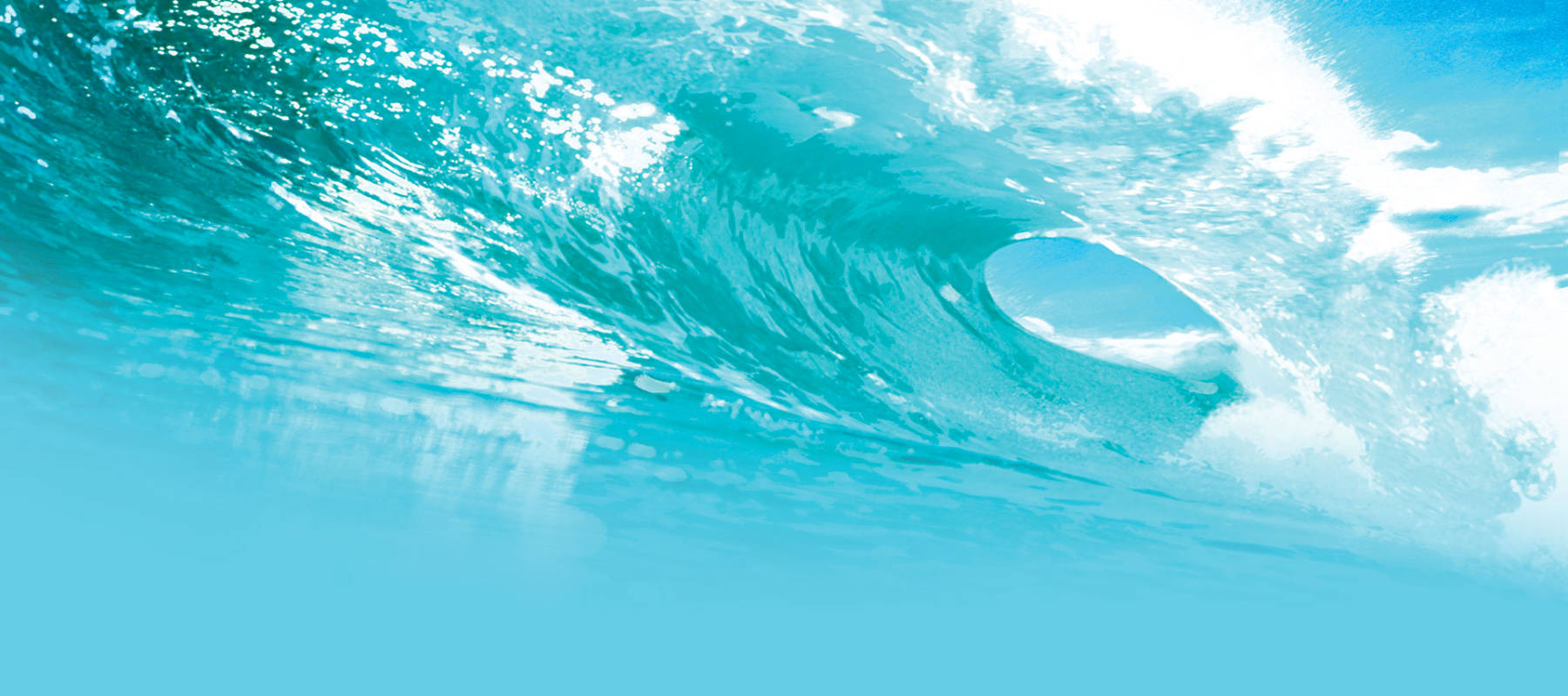What is the right surfboard for you?
Here are my thoughts on buying the right surfboard:
Buying the wrong Surfboard for your experience, weight and style can be both expensive and frustrating.
I find many surfers asking why they have difficulties with not catching waves or trimming across them.
Most often the cause is they have simply purchased the wrong type/shape of board. Each surfer is different in size, weight & experience level, and what suits them can only be determined from trial & error or some knowledgeable experience. So ensure you have the correct board under your feet, not forgetting what is most important - the sheer enjoyment of surfing!
Not every surfboard is the correct size, thickness, width or has a good rocker, even if it looks good!
a) Size: Depending on your ability & measurements depends on which board is correct for you. For total beginners, the “BIGGER the EASIER” policy. Something that is buoyant enough to make paddling, catching waves & standing up easy for you to achieve the correct process. Intermediates
b) Thickness: to be able to float the surfer and trim on a wave will determine what thickness you will need. The rail volume should be a semi to full rail to make the surfboard cut through the water with ease. Low or pinched rails will cut through the wave easier when you start turning. Foam distributed evenly through the nose and tail will make the board trim easily in small waves
c) Width: from the centre, nose & tail will give more planning area, thus the easier it is to catch & ride a wave. This doesn’t mean you have to get a Mini Mal or Malibu, you can still get width in a fun shape or what I call “Progression Surfboards” (A board that you can learn on while you are progressing and something that you will not have to upgrade or change till you are ready for something smaller when you get better)
d) Rocker: The curve of the surfboard from the nose through to the tail needs to fit in with the type of wave you are riding. When you have a flat mid-section with a flip in the nose & tail makes the board push water & trim very well. Having an even rocker curve will be what you are looking for to achieve that sweet feeling of the surfboard becoming part of a wave.
(These measurements are only an indication and should always consult your surf coach or retailer.)
Surfer 3 - 4 ½ ft & 20 - 30 kilo= Approx 5’0 – 6’0 x 17” x 2”
Surfer 4 ½ - 5 ft & 30 - 40 kilo= Approx 6’0 - 6’6 x 18 ½ x 2 ¼
Surfer 4 ½ - 5 ft & 40 - 50 kilo= Approx 6’6 - 7’6 x 19 ½ x 2 ¾
Surfer 5 - 5 ½ ft & 50 - 60 kilo= Approx 7’0 - 8’0 x 20 ½ x 2 ¾
Surfer 5 - 6 ½ ft & 60 - 80 kilo= Approx 7’6 - 8’6 x 21 ½ x 3”
Surfer 5 ½ - 6 ½ ft & 80 – 100 kilo= Approx 8’6 - 9/6 x 22 ½ x 3 ¼
You get what you pay for!
a) Most surfboards are made by surfers/shapers that have pride in their product. Made to last and do the job that it was expected of them.
b) Be aware that you may be buying a ‘POP OUT’ (made from inferior materials & or from a production line overseas.)They look great but sometimes don’t last or ride very good.
c) Great art designs or a nice glossy finish does not mean the board will go good and or is manufactured to be structurally sound.
I recommend OzoBoard Cross-Over Boards, a great learner board with added bonus of performing as a SUP and fun for the whole family. Other soft construction beginner surfboards are safe and easy to learn on as well!
Firewire Surfboards have an array of designs that can accommodate all levels of surfers; their website can show the volume in litres from your measurements & experience to match the board recommended.
I also recommend you invest in a consultation to ensure you purchase the best board for your personal needs, you can link through to our consutlation page at http://www.godfathersoftheocean.com/shop/surfboards for a telephone, skype or email discussion, or ultimately book into a lesson to get firsthand knowledge for the right surfboard.
Best of luck and Safe Surfing,
Michael 'Munga' Barry



